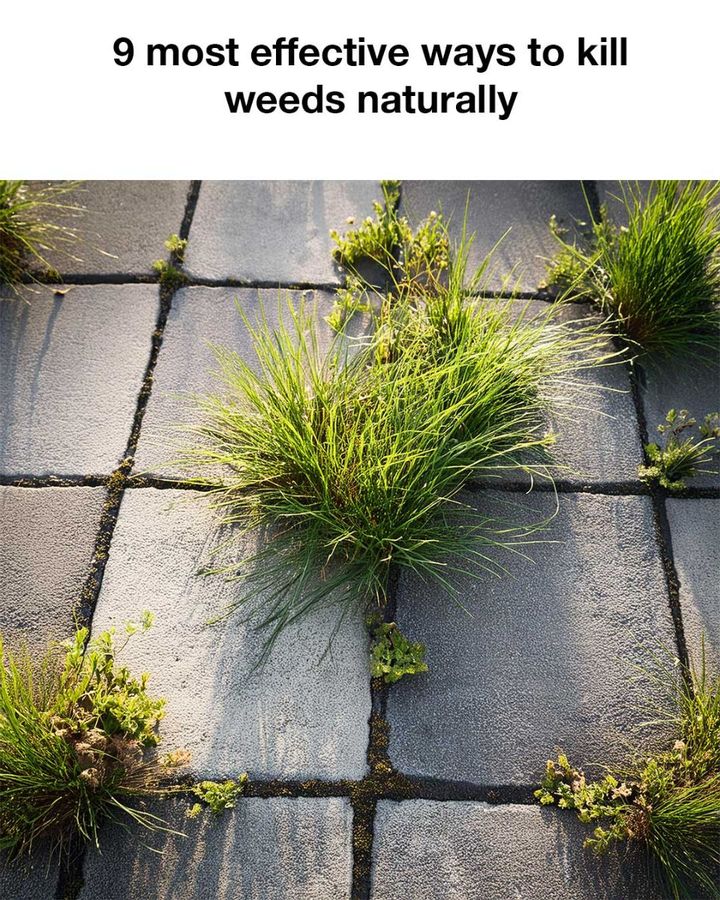ADVERTISEMENT
Materials Needed for Building a Hügelkultur Bed
To build a Hügelkultur bed, you’ll need a variety of materials that are readily available in most natural environments. Essential materials include logs, branches, and twigs, which form the core structure of the bed. You’ll also need organic matter such as leaves, grass clippings, straw, and compost to layer over the wood. Finally, a top layer of soil is required to cover the entire bed. Optional materials include cardboard or newspaper to suppress weeds at the base and rocks or stones to outline the bed’s perimeter. It’s important to choose untreated wood to avoid introducing harmful chemicals into the soil.
Step-by-Step Guide to Building a Hügelkultur Bed
Building a Hügelkultur bed involves several key steps, each contributing to the bed’s overall effectiveness and longevity. By following these steps, you can create a productive and sustainable garden bed.
Step 1: Selecting the Ideal Location
Choose a location for your Hügelkultur bed that receives adequate sunlight, as most vegetables and flowers thrive in full sun. Consider the bed’s proximity to a water source and ensure it is easily accessible for planting and maintenance. Avoid areas prone to flooding or excessive shade, as these conditions can hinder plant growth.
Step 2: Gathering Essential Materials
Collect the necessary materials, including logs, branches, and twigs for the base, as well as organic matter like leaves, grass clippings, and compost for layering. Ensure you have enough soil to cover the entire bed. If desired, gather cardboard or newspaper to suppress weeds and rocks or stones to outline the bed.
Step 3: Preparing the Base Layer
Begin by laying down a layer of cardboard or newspaper on the ground to suppress weeds. This will create a barrier that prevents unwanted plants from competing with your garden. Wet the cardboard or newspaper to help it break down more quickly.
Step 4: Adding Woody Materials
Place large logs and branches on top of the base layer, arranging them in a mound shape. Fill in gaps with smaller twigs and sticks. The wood will form the core of the Hügelkultur bed, providing structure and serving as a long-term source of nutrients as it decomposes.
Step 5: Layering with Organic Matter
Cover the wood with a thick layer of organic matter, such as leaves, grass clippings, and straw. This layer will help retain moisture and provide additional nutrients. Aim for a balanced mix of green (nitrogen-rich) and brown (carbon-rich) materials to support decomposition.
Step 6: Covering with Soil
Add a layer of soil on top of the organic matter, ensuring the entire mound is covered. The soil will serve as the planting medium for your garden. Use a mix of garden soil and compost to enhance fertility and drainage.
Step 7: Watering and Settling the Bed
Thoroughly water the Hügelkultur bed to help settle the materials and initiate the decomposition process. This will also eliminate air pockets and ensure good contact between the layers. Allow the bed to settle for a few days before planting.
Step 8: Planting in Your Hügelkultur Bed
Once the bed has settled, you can begin planting. Choose a variety of plants suited to your climate and growing conditions. Consider companion planting to maximize space and promote a healthy ecosystem. Water the plants regularly, especially during the initial establishment period.
Maintenance Tips for a Thriving Hügelkultur Bed
To maintain a healthy Hügelkultur bed, monitor moisture levels and water as needed, particularly during dry spells. Add mulch to retain moisture and suppress weeds. Over time, the bed will settle as the wood decomposes, so top up with additional soil and organic matter as necessary. Rotate crops annually to prevent nutrient depletion and pest buildup.
Conclusion: Embracing Sustainable Gardening Practices
Building a Hügelkultur bed is a rewarding way to embrace sustainable gardening practices. By utilizing natural materials and mimicking forest ecosystems, gardeners can create productive, low-maintenance beds that benefit both plants and the environment. This ancient technique not only enhances soil fertility and water retention but also supports biodiversity and reduces waste. As more people seek eco-friendly gardening solutions, Hügelkultur offers a practical and effective approach to cultivating a thriving garden.


